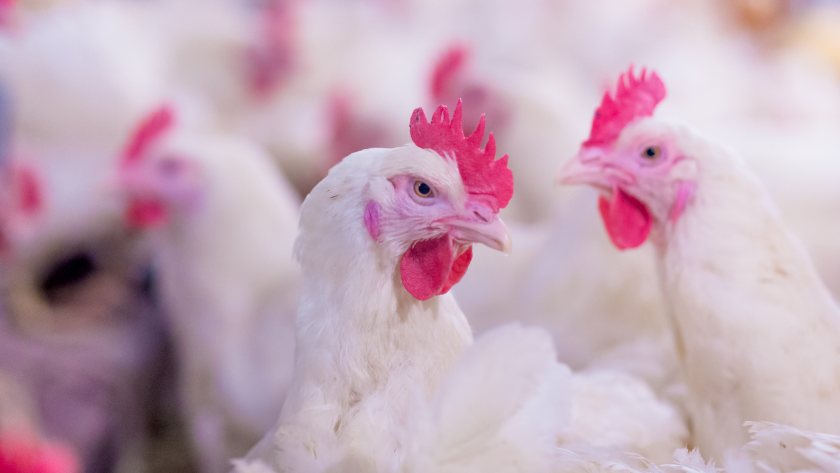
The UK’s fight against devastating pests and diseases has been reinforced with £10m in new funding to support cutting-edge surveillance projects using genomic technology.
Defra's new funding will use genome sequencing to track and identify pathogens affecting animals, plants and aquatic life – enabling rapid response to disease outbreaks such as bird flu.
Unveiled on Thursday (8 May), the investment will back the Genomics for Animal and Plant Disease Consortium (GAP-DC), led by the Animal and Plant Health Agency (APHA).
Genome sequencing, which decodes the full genetic makeup of organisms including viruses and bacteria, can provide detailed insight into how diseases spread and mutate.
When bird flu is detected in poultry, for example, this technology enables scientists to pinpoint the virus strain and trace its route of transmission, aiding containment efforts.
The economic stakes are high: invasive species alone are estimated to cost the UK economy £4 billion annually, while plant diseases such as ash dieback are predicted to incur losses of £15bn in the coming decades.
Livestock outbreaks, including avian influenza, have already cost the poultry meat industry over £100 million in just two years.
APHA interim chief executive, Dr Jenny Stewart warned that disease presented a significant risk to farmers, global trade and human health.
She said: “This vital funding and collaboration with world leading experts will help APHA identify and tackle disease risk more effectively.
“This research will lead to significantly advanced surveillance capabilities to protect UK borders from new and existing threats.”
The research, conducted in partnership with seven expert institutions, will aim to improve the speed and precision of pathogen detection at UK borders.
It will also respond to both emerging and established disease outbreaks, as well as explore spillover events—where diseases jump from wildlife to humans or domestic animals.
The funding, provided by Defra and UK Research and Innovation (UKRI), will support surveillance work over the next two years.
